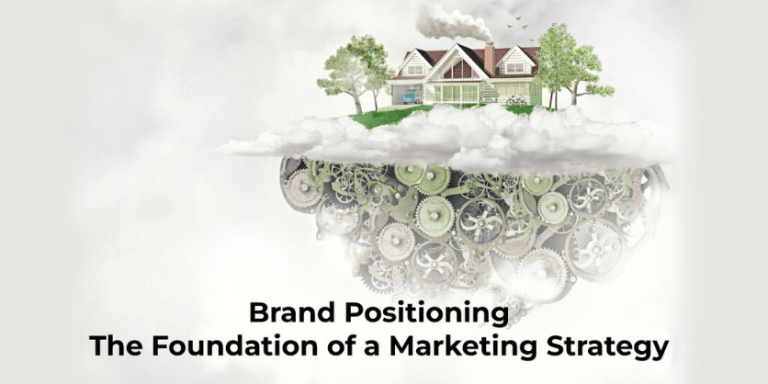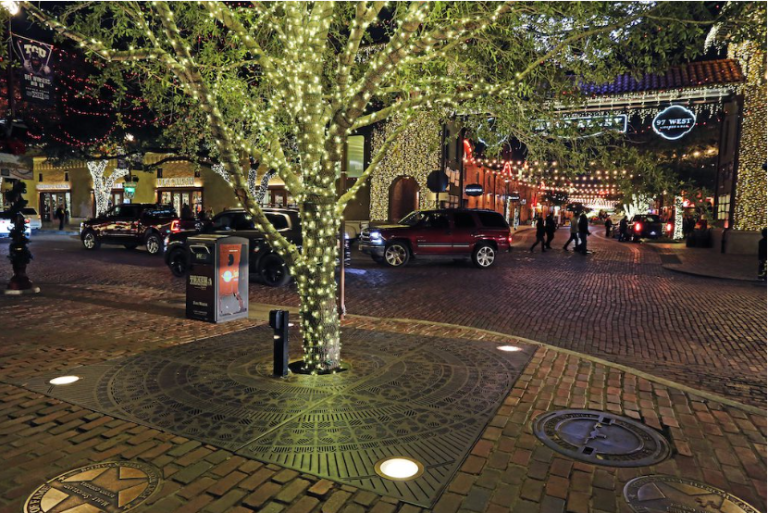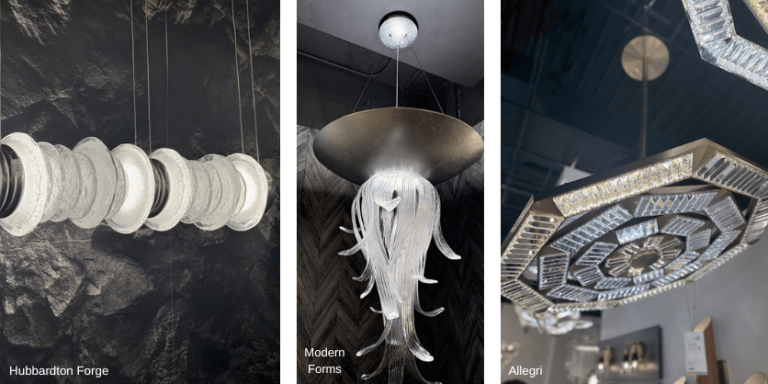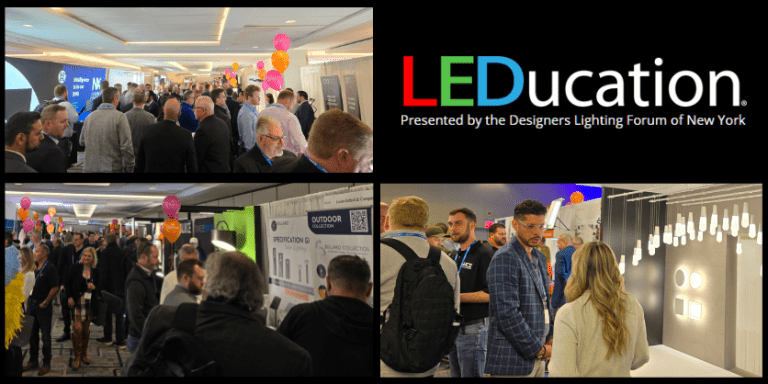UV Lighting Concerns for Those With Certain Medical Conditions
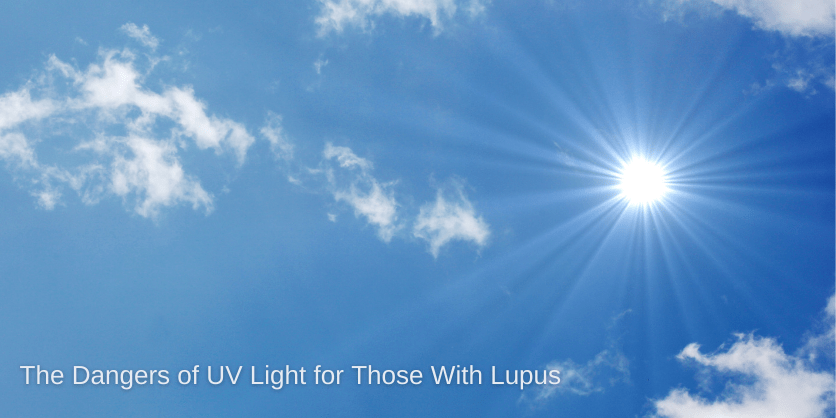
By Dañiel Luna-Fuller
Ultraviolet (UV) lighting can be helpful in some situations (i.e. disinfection applications) yet detrimental to those with certain medical conditions like lupus.
As someone living with lupus, I have firsthand experience with the challenges that come from photosensitivity — a sensitivity to UV light from both natural sunlight and artificial sources. For those of us with lupus, exposure to UV light isn’t just uncomfortable; it can significantly affect our health. Through my work in the lighting industry, I’ve grown deeply passionate about designing lighting solutions that prioritize wellness and inclusivity, particularly for those with chronic illnesses like lupus.
Understanding Photosensitivity in Lupus
Lupus is a chronic autoimmune disease that causes the body’s immune system to attack its own tissues and organs. Among its many symptoms, photosensitivity is one of the most prevalent and impactful. For individuals with lupus, exposure to UV light – whether from the sun or artificial lighting – can trigger a range of symptoms, including:
- Fatigue – UV exposure can leave those with lupus feeling deeply exhausted, often for hours or days after the exposure.
- Skin Reactions – Many individuals experience rashes, redness, or heightened sensitivity in areas exposed to light.
- Flares – UV exposure can trigger disease flares, leading to inflammation in joints, kidneys, and other organs.
- Eye Sensitivity – Bright or UV-heavy light can cause discomfort, headaches, or even eye pain.
Given these challenges, managing light exposure is not just a matter of comfort for those with lupus — it’s a matter of health.
The Role of Thoughtful Lighting Design
The lighting industry has made incredible advancements in creating solutions that can help individuals with photosensitivity. Here are some key considerations for designing spaces that are safe and comfortable for those with lupus:
1. UV-Free Artificial Lighting
One of the most effective ways to mitigate the effects of photosensitivity is to use UV-free lighting options. Modern LED lighting offers significant advantages here, as it emits minimal to no UV radiation. When designing or retrofitting spaces, choosing UV-safe fixtures is essential.
2. Adjustable Lighting for Comfort
Tunable lighting – which allows users to adjust the color temperature and intensity of light – can create environments that are both functional and comfortable. Cooler temperatures during the day and warmer tones in the evening can mimic natural light cycles without the harmful UV exposure.
3. Natural Light Management
While natural light is often desirable in design, it can be a source of UV exposure for those with lupus. Solutions like UV-blocking window films, smart glass, and well-placed blinds or curtains can allow natural light into a space while minimizing harmful exposure.
4. Thoughtful Placement & Glare Reduction
Glare from poorly placed fixtures can be especially uncomfortable for individuals with photosensitivity. By thoughtfully positioning light sources and using diffusers, we can create a softer, more even distribution of light that reduces glare and hotspots.
A Personal Connection to Lighting Design
Living with lupus has given me a unique perspective on the importance of thoughtful lighting. I know what it’s like to feel trapped by the limitations imposed by light sensitivity, and I’ve dedicated much of my career to finding solutions that prioritize the health and well-being of those like me. It’s not just about functionality; it’s about creating spaces where people can thrive without fear of triggering symptoms.
This personal connection has driven me to advocate for greater awareness of the relationship between lighting and health, especially for those with chronic illnesses. It’s why I hold this topic so close to my heart.
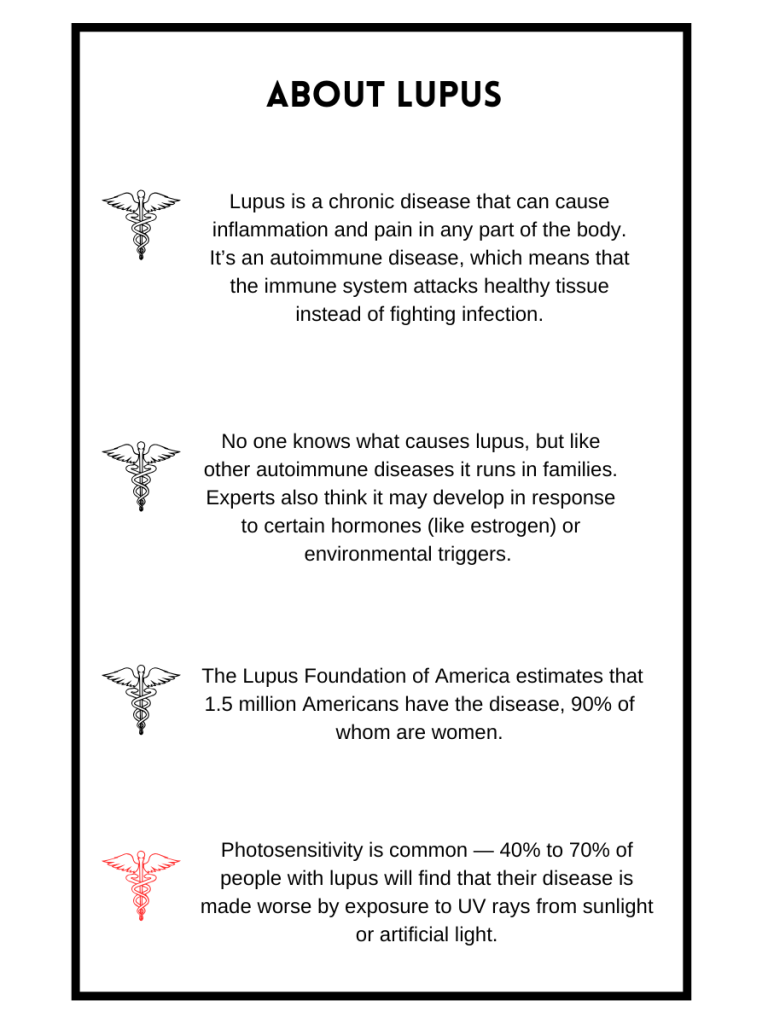
Lighting for Wellness: A Call to Action
The lighting industry has a tremendous opportunity to make a difference in the lives of people with lupus and other conditions that cause photosensitivity. By embracing UV-safe technologies, designing flexible and inclusive solutions, and raising awareness of the health implications of lighting, we can create spaces that support wellness and comfort for everyone.
f you’re designing or retrofitting a space and want to learn more about creating UV-safe, wellness-focused lighting solutions, I am here to help. Together, we can shine a light on the path to healthier and more inclusive environments.
Let’s continue raising awareness and designing for wellness.
ABOUT THE AUTHOR

Dañiel Luna-Fuller is the proud owner of Luna Lighting, a minority, woman, and service-disabled veteran-owned lighting firm that provides project-based design services focusing on photometric layouts. Luna Lighting also assists with project energy audits and helps clients find solutions that qualify for energy rebates through local utilities. To learn more about these projects or how Dani and her team are using photometric lighting studies and technology tools to recommend solutions, contact her at lighting@lunalighting.net.


